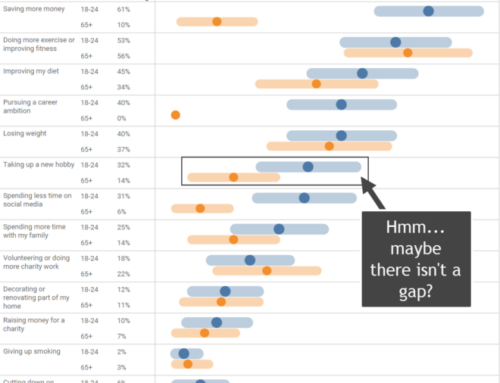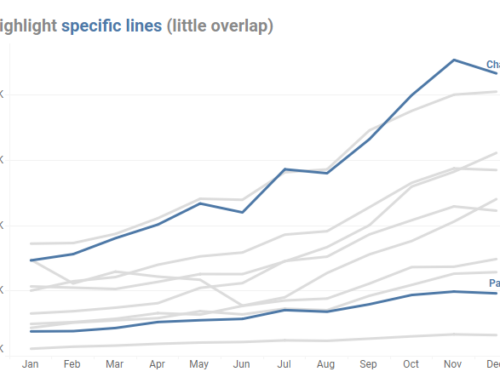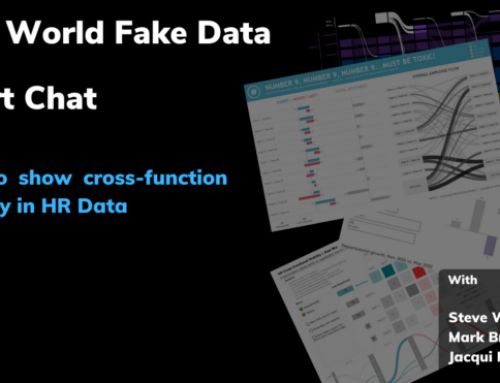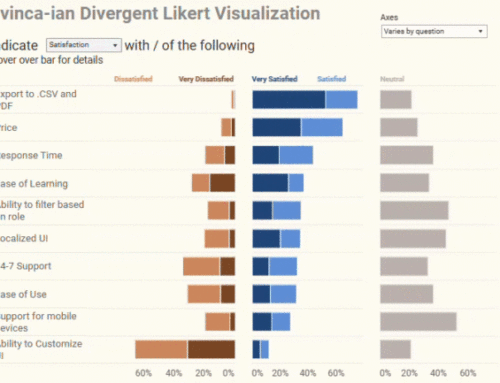If I see a visualization that is poorly designed or worse, misleading, I’m going to say something about it. I hope you will do the same.
In March of 2013 Stephen Few published a scathing review of Tableau 8. Few’s thesis was that Tableau had caved to marketing pressure and its new product would encourage users to craft “analytically impoverished” visualizations.
At the time I thought that Few’s screed was unfair (see my blog post), but a recent post from Emily Kund about a company’s internal “Iron Viz” competition made me wonder if perhaps Few was right.
Before I get into what deeply troubles me about the aftermath from the contest I do want to applaud Kund and her colleagues for fostering interest in Tableau and data visualization best practices. Clearly, I have a fondness for these types of contests and like the excitement they generate about visualization. I also believe strongly in making interactive visualizations that are fun and inviting.
My problem is that while everybody is rightfully patting Kund on the back for having the contest, nobody in the Tableau data visualization community (and it is an amazing community) has pointed out what is wrong with the dashboard — and there is a lot that is wrong with the dashboard.
Too Much Sugar
Let’s have a look at the winning entry from the Halloween data visualization competition.
This winning viz epitomizes the type of creation Stephen Few feared that people would construct in his now infamous review as this dashboard sacrifices clarity and accuracy for whimsy. Why have the stacked bubble chart, and why have the pumpkins representing annual spending? Humans are absolutely horrible at comparing areas of circles — why use them here? I also don’t buy the size of the pumpkins at all as the $4.7B pumpkin for 2009 is considerably smaller than the $5.0 billion for 2006. It looks to me like the author exaggerated the size of the pumpkins.
More importantly, by fighting Tableau’s own default settings the author has hidden the biggest story the data is trying to tell us.
Why Didn’t You Let Tableau Make a Line Chart?
Let’s focus on the pumpkin chart along the left side of the dashboard:
Here we see annual sales by year. Using the same data, in Tableau if we simply select the two fields and click the Show Me button Tableau will automatically generate the following visualization.
Now, tell me you didn’t just think “whoa… what happened in 2009?”
THAT’S the big story.
Have Your Candy and Eat It, Too…
I “get” that the nobody is going to get very excited about the viz Tableau creates by default. Without something to capture the viewer’s interest he/she may not bother with the viz (see Ben Jones’ excellent posts on this subject.)
So, if we must add some “viz candy” why not start with the line chart and dress it up, like the one below?

A “fun” chart. 10 seconds to build the default line chart and five minutes to apply some graphic design.
Are Stacked Bubbles Inherently Bad?
I don’t think the stacked bubbles work in the dashboard. I have to work too hard to see that “Candy” at $22.37 is slightly larger than “Decorations” at $20.99. With a bar chart I could see the differences immediately.
That said, there are some good examples where bubbles elicit an emotional response and just fit with the design flow (see this example from Kelly Martin).
I also like having this chart type in my quiver, even if I never use it on a published dashboard. I welcome anything chart type that will help me better understand the data, even if I never use that chart type in production.
Getting People to Use The Tools Correctly
I still don’t agree with Few — I don’t think Tableau should remove features for fear that people will use them incorrectly.
But I am very concerned that visualizations that are poorly rendered are being presented as examples to emulate. As a community we need to do our best to prevent this from happening, so if you see something that is poorly designed — or worse, misleading — point out the problem and show the person a better way to get the desired result.
I have tried to do that here.










